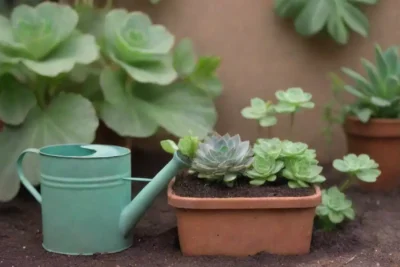
How to Water Outdoor Succulents: Seasonal Considerations
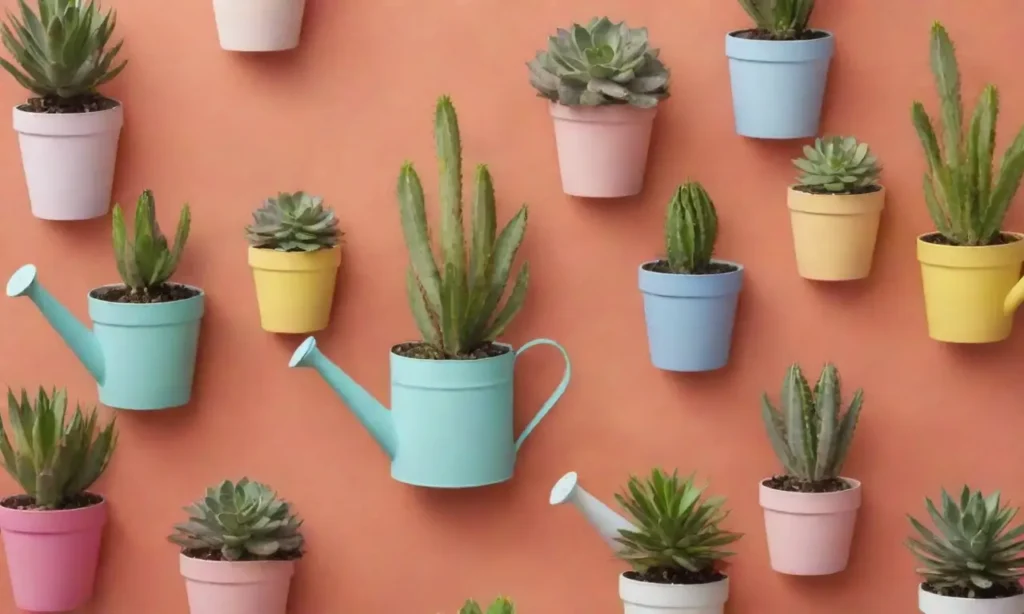
Introduction
Outdoor succulents have gained tremendous popularity due to their stunning aesthetic appeal and resilience. Their unique ability to store water in their thick leaves makes them a wonderful choice for gardeners seeking low-maintenance plants that can brighten up any outdoor space. However, despite their hardy nature, understanding how and when to water these plants is crucial, especially when considering the varying seasons. This article will provide an in-depth look at the watering needs of outdoor succulents, factoring in seasonal changes that affect moisture levels and plant health.
In this comprehensive guide, we will explore the optimal watering practices for outdoor succulents throughout the seasons. By understanding the specific needs of these resilient plants in different weather conditions, you can ensure your succulents flourish, producing vibrant colors and robust structures. We will discuss the signs of overwatering and underwatering, the importance of soil type, and best practices tailored to each season.
Understanding Succulent Needs
Succulents are unique plants that thrive in arid climates, which has led to a common misconception that they need minimal care. However, the truth is that while succulents are drought-resistant, they still require a certain level of attention, particularly when it comes to watering. The key to their care is understanding their natural habitats, which range from arid deserts to mountainous regions, each with its unique moisture availability.
Succulents store water in their leaves, stems, and roots, allowing them to survive dry periods. The concentration of moisture in their tissues makes them particularly sensitive to overwatering, which can lead to root rot and other health issues. Conversely, while they can tolerate drought, prolonged lack of water can cause them to shrivel and lose their vibrant appearance. Therefore, the goal is to strike a balance, ensuring they have adequate moisture without drowning them.
Critical to this understanding is recognizing that different seasons bring varying environmental conditions that can significantly impact watering needs. Factors such as temperature, sunlight exposure, and humidity all play vital roles in how much water your outdoor succulents require. By adapting your watering practices to align with these seasonal influences, you’ll promote healthier, more robust plants.
Seasonal Watering for Outdoor Succulents
Spring: Awakening and Growth
Spring is a pivotal season for succulents as it marks the transition from dormancy to active growth. During this period, the temperature begins to rise, and as days lengthen, succulents respond to increased light with a burst of growth. With new growth comes a heightened need for water, as the plants strive to replenish their nutrient reserves.
The watering strategy for spring involves gradually increasing the moisture levels in the soil. It’s crucial to observe environmental conditions: if your outdoor succulents are exposed to more sun, they will likely require more water. At the same time, it’s essential to check the soil moisture regularly. The best practice is to allow the top 2 inches of soil to dry out before watering. This encourages deep rooting and prevents waterlogging. When you do water, provide a thorough soak, allowing excess water to drain out of the pot.
 The Best Time of Day to Water Your Succulents: Tips Revealed
The Best Time of Day to Water Your Succulents: Tips RevealedAdditionally, consider the type of soil used for your succulents. A well-draining mix typically combines regular potting soil with perlite or coarse sand, ensuring that excess water can escape freely. This special adaptation is particularly important in spring when the plants start actively taking up water. Keep in mind that factors like wind patterns and microclimates in your garden can also affect moisture levels, so always adjust your watering schedule based on specific observations.
Summer: High Heat and Minimal Watering
Summer presents unique challenges for outdoor succulents. As the temperatures rise, the risk of heat stress increases, causing succulents to lose moisture rapidly. It may seem counterintuitive, but during this season, watering practices often require a significant reduction. The key to successful care lies in recognizing and responding to the signs of stress due to excessive heat while mitigating the risks associated with underwatering.
During hot summer days, succulents often exhibit signs like shriveling leaves or dull colors, which indicate a need for immediate hydration. The optimal approach is to assess the soil moisture before watering; if the soil feels dry several inches down, it’s time to provide water. To minimize evaporation and heat stress, consider watering during the cooler parts of the day, such as early morning or late evening. This timing also helps the plant absorb moisture before it can evaporate under the harsh sun.
It's important to adapt to specific drought conditions that may arise, particularly in areas prone to summer heat. While succulents are drought-resistant, they can still benefit from occasional deep watering during prolonged dry spells. Be vigilant and check your plants regularly. Remember that some species may require more moisture than others, so understanding the specific needs of your succulents is vital for healthy growth during summer.
Fall: Preparation for Dormancy
As fall approaches, succulents begin to slow their growth in preparation for dormancy. Temperatures decrease, and daylight hours shorten, affecting their water requirements. During this transition, it's crucial to adjust your watering schedule accordingly. Since plants are not actively growing, they will need less water than during spring and summer.
In the fall, inspect the soil moisture before watering. If the first few inches of soil are still damp, delay watering until you observe it has dried out completely. While you're easing back on the water, keep an eye on the weather—if there are stretches of dry, warm days, your succulents might still require some moisture to thrive. On the other hand, if you encounter rainy weather or cooler temperatures, it’s imperative to reduce watering further to avoid water-logged roots.
Many succulents are resilient and can handle a range of conditions, but fall is also an excellent time to evaluate your succulents' health. Look for signs of disease or nutrient deficiencies, which can be exacerbated by improper moisture levels. Engaging with these observations will foster a mindful approach toward your plants as they prepare for their resting phase.
 Do Succulents Need More Water in Summer? Myths Debunked
Do Succulents Need More Water in Summer? Myths DebunkedWinter: Dormancy and Minimal Watering
Winter is a critical time for succulents as they enter a period of dormancy. In many regions, this means much lower temperatures and less sun, resulting in significantly reduced water needs. During dormancy, acclimatizing your watering strategy is essential to ensuring your succulents survive without succumbing to root rot or other moisture-related issues.
Even if it may not seem necessary, continue to check the soil moisture during winter months. The lower temperatures may result in slower evaporation, so it’s likely that your succulents won’t need watering as frequently. In fact, overwatering can be the most common cause of succulent problems in winter; this is when your plants are least able to handle excess moisture. It’s vital to wait until the soil is thoroughly dry before reintroducing water.
As temperatures drop, be cautious of frost, especially if you live in an area prone to freezing conditions. Some succulents are more cold-resistant than others, so consider bringing sensitive varieties indoors or providing protection if they must remain outside. In addition to monitoring temperatures, examining moisture levels becomes increasingly vital to retain healthy roots, ensuring they emerge vibrant in the coming spring.
Conclusion
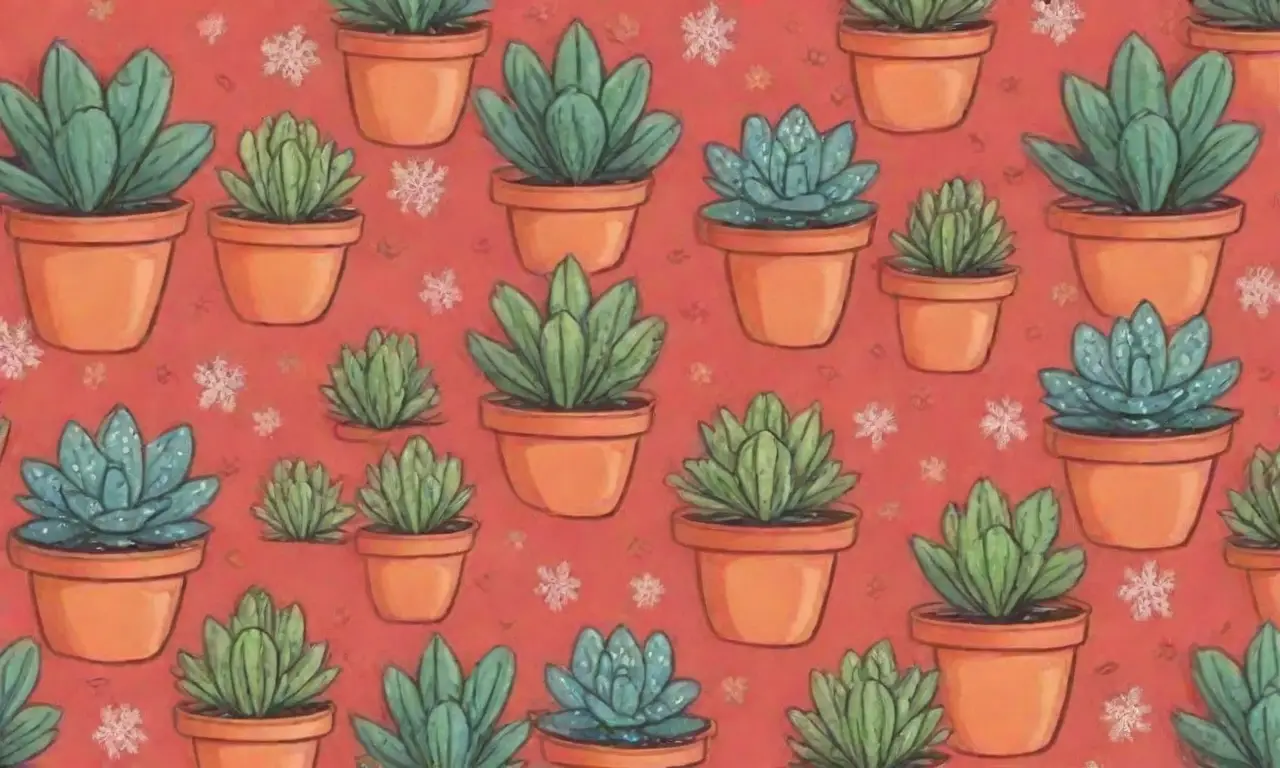
In conclusion, understanding how to care for outdoor succulents involves more than simply providing water; it encapsulates a comprehensive approach that aligns with seasonal changes. Through careful observation and a willingness to adapt your watering practices to each season—spring's growth surge, summer's heat, fall's preparation for dormancy, and winter's lowered moisture needs—you'll empower your succulents to thrive.
Employing a variety of strategies suited to each time of year can enhance the vitality of your plants while minimizing the risks posed by overwatering or neglect. Responsibility towards your plants can be incredibly rewarding, transforming your outdoor space into a vibrant display of flora.
In summary, the key lies in a diligent assessment of moisture levels, appropriate watering frequency, and responsive care suited to the individual needs of your succulents. By following these outlined practices, you can enjoy flourishing outdoor succulents year-round, bringing joy and beauty to your garden throughout the changing seasons.
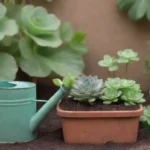 Signs of Underwatering: How to Bring Your Succulents Back to Life
Signs of Underwatering: How to Bring Your Succulents Back to LifeIf you want to read more articles similar to How to Water Outdoor Succulents: Seasonal Considerations, you can visit the Watering needs category.

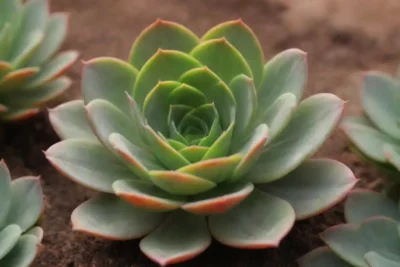
You Must Read